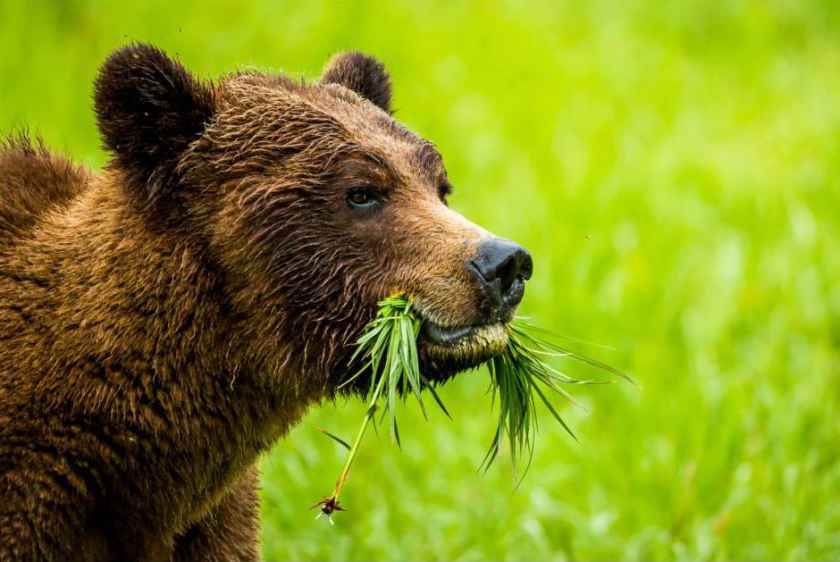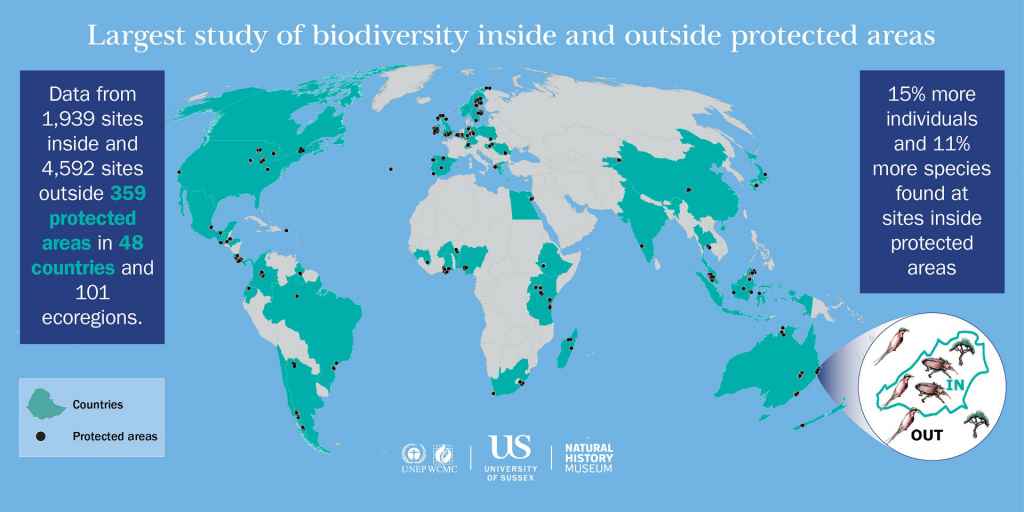Estimated Reading time

2 Mins
Nature Communications: Local biodiversity is higher inside terrestrial protected areas worldwide

Biodiversity is greater inside the world’s protected areas, scientists have been able to show for the first time.
There are 15% more individual plants and animals and 11% more species inside than outside protected areas, according to the largest analysis of biodiversity in terrestrial globally protected areas to date.
The study (published in Nature Communications), was carried out by the University of Sussex, the Natural History Museum and the UN Environment Programme’s World Conservation Monitoring Centre, analysed biodiversity samples taken from 1,939 sites inside and 4,592 sites outside protected areas.
“We have been able to show for the first time how protection effects thousands of species, including plants, mammals, birds and insects. This has provided us with important insights into these areas – which previous studies were not able to do,” said co-lead author of the study, Dr Claudia Gray, from the University of Sussex.

Protected areas are widely considered essential for biodiversity conservation. However there has been some doubt over their success, with problems including lack of effective management, increasing human pressures and inadequate government support.
Currently around 15% of the world’s land and 3% of the oceans are protected, and the Convention on Biological Diversity has pledged that this will rise to at least 17% of land and 10% of marine areas by 2020.
> Read full article on The Guardian website.
